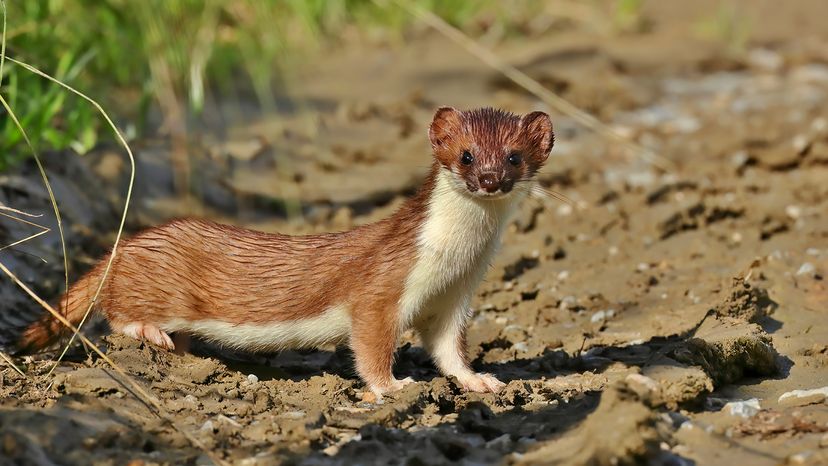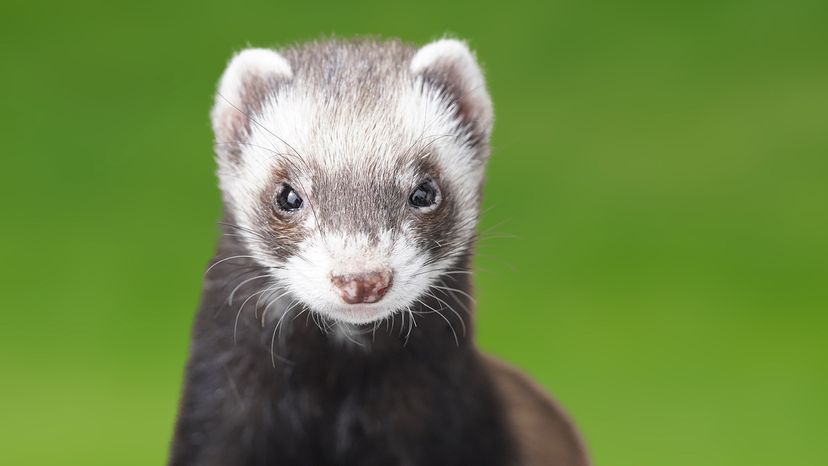Many people love ferrets for their playful personalities and compact size. They’re often described as great pets for experienced owners.
However, ferret ownership requires attention to diet, issues with marking territory, and regular vet care. They might be good pets for some but they aren’t ideal for everyone.
Weasels, however, are not suitable pets. Despite their size and cuteness, they are high-energy carnivorous mammals with wild instincts.
In short, ferrets are domesticated animals bred for companionship, while weasels remain wild, agile hunters. They may share a mustelid family group, but their roles in human life — and in nature — differ vastly.
We created this article in conjunction with AI technology, then made sure it was fact-checked and edited by a HowStuffWorks editor.


